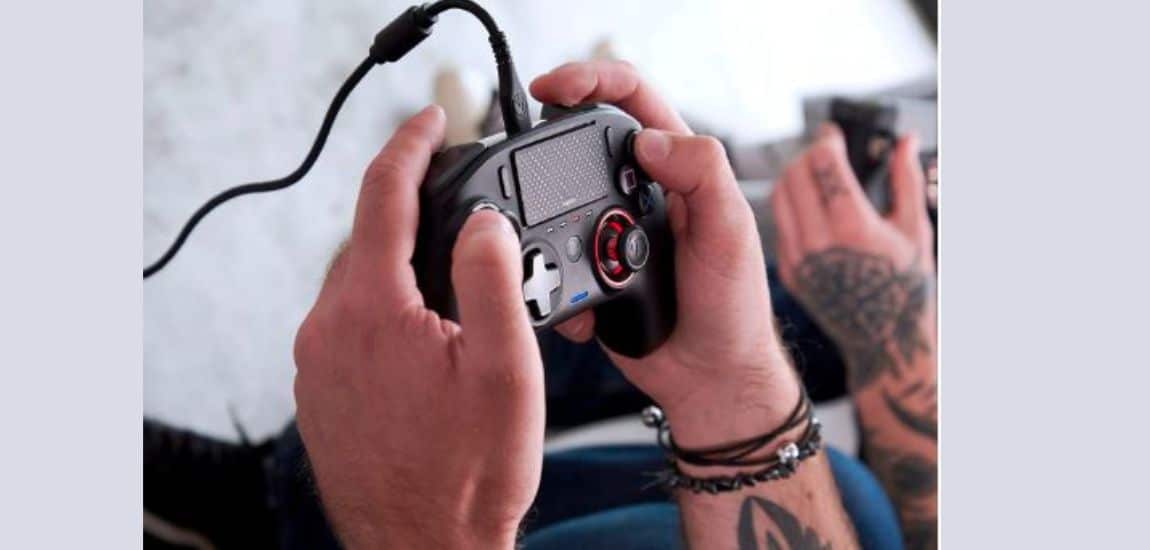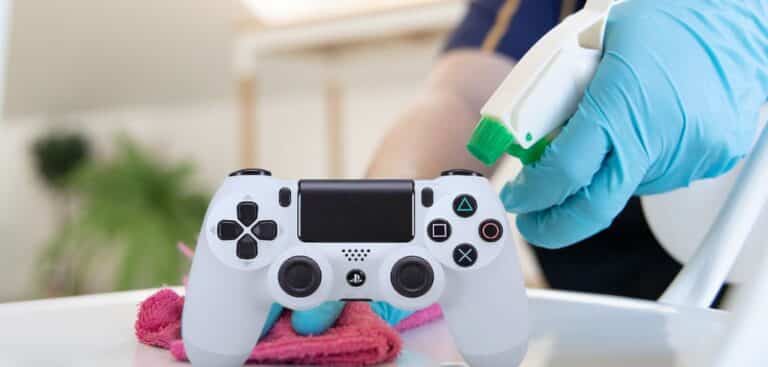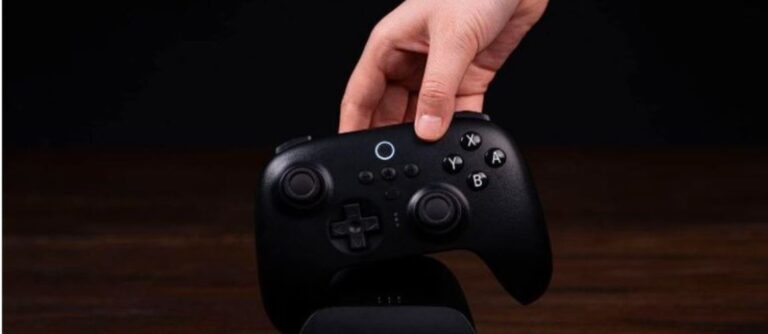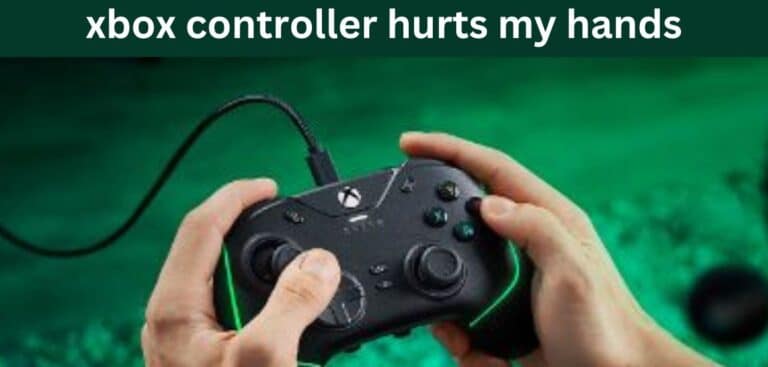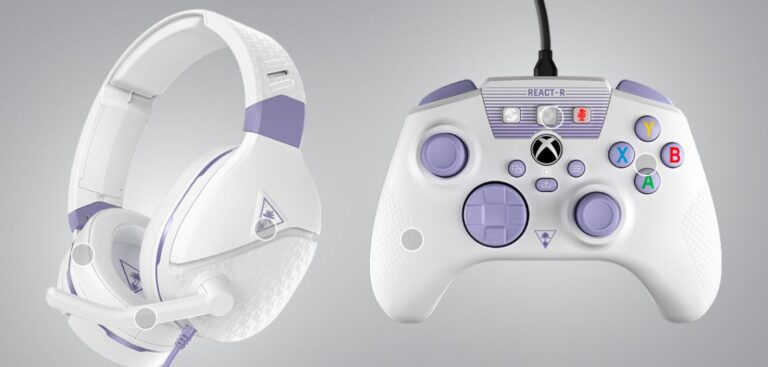How to Test Controller Latency: A Comprehensive Guide
In the fast-paced world of gaming, every millisecond counts. Whether you’re a casual gamer or a competitive esports enthusiast, controller latency can significantly impact your gaming experience. In this comprehensive guide, we will delve into the world of controller latency, providing you with the knowledge and tools to understand, test, and mitigate this critical issue.
What Is Controller Latency?
Controller latency, often called input lag, is the delay between the moment you press a button on your controller and the corresponding action on your screen. It’s a crucial aspect of gaming that can make the difference between victory and defeat. Imagine trying to land that perfectly timed headshot in a first-person shooter, only to find that your controller response is sluggish. Controller latency is the culprit behind such frustrating moments.
Why Is Controller Latency a Concern?
The impact of controller latency goes beyond mere frustration; it can have a direct influence on your gameplay performance. Here are some key reasons why controller latency is a concern:
- Competitive Gaming: In competitive gaming, where split-second decisions and reactions are critical, even the slightest latency can lead to defeat. Professional esports players often invest in low-latency setups to gain a competitive edge.
- Immersive Experience: For single-player games or story-driven experiences, low latency ensures a seamless and immersive gaming experience. It allows you to feel more connected to the game world, enhancing overall enjoyment.
- Content Creation: If you’re a content creator or streamer, high controller latency can negatively affect the quality of your streams or videos. It’s essential to have smooth and responsive gameplay to engage your audience.
Now that we’ve established why controller latency matters, let’s explore the different types of controllers and how they can impact latency.
Understanding Controller Latency
Before we dive into testing and mitigating controller latency, it’s crucial to have a solid understanding of what controller latency is and why it occurs.
What Is Controller Latency?
Controller latency, also known as input lag, refers to the delay between the moment you press a button on your controller and the corresponding action taking place on your screen. This delay is measured in milliseconds (ms) and can vary depending on several factors.
Why Is Controller Latency a Concern?
Controller latency is a concern for several reasons, especially in the gaming world:
- Competitive Gaming: In competitive gaming, every millisecond counts. A lower controller latency can provide a competitive advantage by enabling quicker reactions and more precise control.
- Immersive Experience: In single-player games or story-driven experiences, high controller latency can break immersion and hinder your enjoyment of the game. It can make the game world feel disconnected from your actions.
- Content Creation: If you’re a streamer or content creator, high controller latency can negatively impact the quality of your streams or videos. Viewers expect smooth and responsive gameplay when watching gaming content.
Now that we’ve established why controller latency matters, let’s explore the different types of controllers and how they can impact latency.
Types of Controllers
Controllers come in various forms, and the type you use can influence the latency you experience during gameplay. Let’s take a closer look at the different types of controllers and their implications for controller latency.
Wired Controllers
Wired controllers are connected directly to your gaming console or PC using a physical cable. This direct connection typically results in lower controller latency compared to wireless controllers. Here are some key points about wired controllers:
- Low Latency: Wired controllers have minimal latency because there’s no wireless transmission involved. The signal travels directly through the cable to the gaming device.
- Reliable Connection: You won’t experience signal interference or dropouts with wired controllers, ensuring consistent performance.
- Ideal for Competitive Gaming: If you’re a competitive gamer, wired controllers are an excellent choice due to their low latency and reliability.
Wireless Controllers
Wireless controllers communicate with your gaming device via radio frequency (RF) or Bluetooth. While they offer convenience and freedom of movement, they can introduce higher controller latency compared to wired options. Here’s what you need to know about wireless controllers:
- Higher Latency: Wireless controllers introduce additional latency because the controller must transmit signals wirelessly to the gaming device. This can lead to a slight delay in responsiveness.
- Convenience: Wireless controllers allow you to move freely without being tethered to a console or PC, making them suitable for casual gaming.
- Battery Life: Consider the battery life of your wireless controller, as a low battery can exacerbate latency issues.
Custom and Third-Party Controllers
Custom and third-party controllers are alternatives to the standard controllers provided by console manufacturers. These controllers may offer unique features but can have varying levels of controller latency:
- Custom Controllers: These are controllers modified or built to meet specific gaming needs. While they can offer advantages, the impact on controller latency depends on the modifications made.
- Third-Party Controllers: Controllers made by third-party manufacturers may have different levels of latency compared to official controllers. It’s essential to research and choose reputable brands.
When selecting a controller, consider your gaming preferences and whether low latency is a priority. Competitive gamers often opt for wired controllers, while casual gamers may prioritize the convenience of wireless options. Additionally, be cautious when choosing custom or third-party controllers, as their impact on latency can vary.
Conclusion on Controller Latency Test
Testing controller latency involves several key steps: selecting the appropriate tools and software, setting up a controlled environment, conducting tests with different games or applications, and accurately measuring response times. Consistency in testing conditions is crucial for reliable results. Analyzing the data helps in identifying patterns and potential issues. This process aids in enhancing gaming experiences by ensuring minimal delay between player input and on-screen action, thus contributing to a more responsive and immersive gaming experience.
Now that you have a better understanding of the types of controllers and their influence on latency, let’s explore the factors that affect controller latency in more detail.
FAQs Controller Latency Test
- Why is Testing Controller Latency Important?
- Testing latency is crucial for ensuring a seamless gaming experience. High latency can affect gameplay, making it less responsive and enjoyable.
- What Tools Do I Need to Test Controller Latency?
- You’ll need a high-speed camera or a specialized latency-testing device, software to analyze the data, and the controller you wish to test.
- How Do I Set Up My Environment for Testing?
- Use a consistent and controlled environment. Avoid external factors like wireless interference and ensure your display has a fast response time.
- Can I Test Latency on Any Type of Game or Application?
- Yes, but some games or applications may provide more consistent results due to their design. Choose ones with clear, immediate visual feedback.
- How Do I Measure the Controller’s Response Time?
- Record the time interval from button press to action occurrence using a high-speed camera or software tool, then analyze the footage or data.
- What is a Good Latency Time for a Controller?
- Generally, a latency under 30 milliseconds is considered good, but the lower the better, especially for fast-paced games.
- Can Controller Latency Vary Between Wired and Wireless Connections?
- Yes, wired connections often have lower latency compared to wireless due to the absence of wireless interference and transmission time.
Last Updated on 22 November 2023 by Ray Imran

Controller Review, founded by Ray Imran, is a premier online platform delivering comprehensive insights and unbiased reviews of gaming controllers and peripherals. Established in 2023, it has grown into a trusted resource, guiding gamers and tech enthusiasts with rigorous testing and up-to-date information about the latest gaming innovations.

